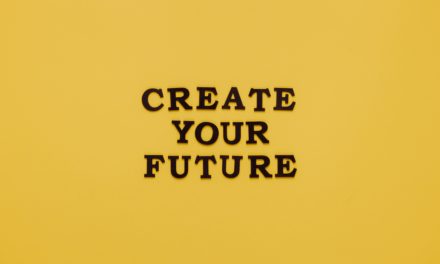
Image rights belong to: Northcentral Technical College.
Video production and the process it entails has many detours and crossroads when it comes to reaching the destination. But regardless of what direction you’re taking, you will still need to know the basics of organizing and producing the content.
WHAT ARE THE BASICS?
With video production, it can be broken down into three phases. These phases aren’t the gospel, but they are definitely a general rule of thumb.
First step is the actual preparation of your script and/or story layout. Ignoring your budget and exact gear; the first step in any project is preparing what your story will be. Whether it is comedic, dramatic, or horror themed, there must be a layout. After you have your layout it’s time to capture your footage and ensure you have the material to move onto the next phase.
POST PRODUCTION PHASE
Without going into insane detail about the editing process; the next phase in video production after you’ve obtained your footage would be the editing stage. It involves transferring your video files and any audio files like voice over, diegetic sound, or even music.
Taking your files, you move to your choice of editing software. The industry standard is Adobe Premiere Pro or Adobe After Effects. Another decent choice would be Sony Vegas or something more standard like Final Cut Pro for Mac users. Editing is a time consuming process. Depending on the length of your project and how many effects you need, editing can take days to weeks. Much longer for larger scale productions like motion pictures.
PERSPECTIVE FROM A STUDENT
I have a brief interview with a student currently in the digital media field. Her name is Keesley Walker.
In this interview, I ask Keesley five questions that relate to video production and the digital media field.



